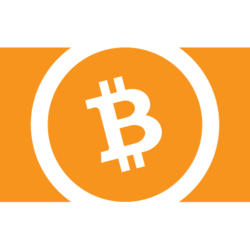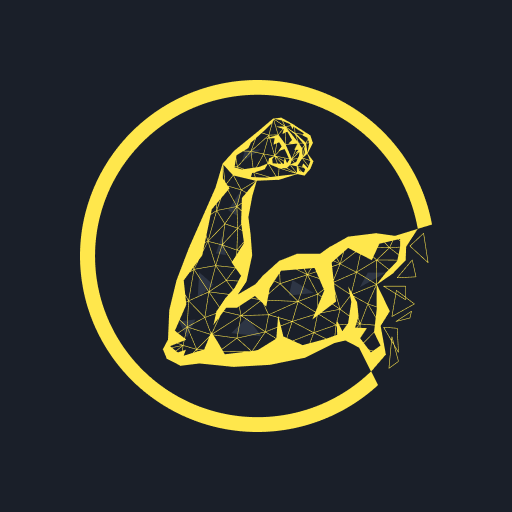Bitcoin mining takes advantage of its ability to process Bitcoin Proof of Work (PoW), improving with better miners' release. But with the potential comes increasing difficulty in generating new blocks as more hashes are produced.
Application Specific Integrated Circuit (ASIC) manufacturers have released better miners specifically produced to handle Bitcoin mining to solve this problem. These devices are equipped to handle high calculations and make a significant return on investment.
Innosilicon is committed to producing the latest Application Specific Integrated Circuit (ASIC) miners. They are best known for their Bitcoin, Litecoin, Zcash, Decred, and Dash ASIC miners. The company has already launched multiple devices like the A4 Litecoin Miner, T2T-30T, T3-50T, and many more. Following the T3 39T is the T3 43T ASIC miner, which has a hash rate of 43Th/s and a power efficiency of 50W/T.
About T2 25T
The T2 25T is an ASIC mining device released by Innosilicon in October 2018. This miner works with ASIC architecture for the SHA-256 calculation crusher. The T2 has a hash rate of 24Th/s (+/-) and the 1980W +10% power consumption. Unlike the T2 17.2T, the T2 Turbo has an enhanced ASIC chip that enables high productivity and efficiency.
Algorithm
Innosilicon T2 T works with the Secure Hash Algorithm (SHA-256). This algorithm is a set of cryptographic hash functions that enable ASICs to mine up to 40 different coins. Cryptographic hash functions are commonly referred to as mathematical operations run on digital data by comparing the computed hash to an expected value. The SHA-256's top coins are Bitcoin (BTC) AND Bitcoin Cash (BCH).
One of the T2 25T features is its four modes for working with the SHA-256 algorithm. Each mode has a different hash rate, power consumption, and efficiency.
Specifications
Samsung manufactures Innosilicon T2 Turbo's 10nm chips. It is based on 10nm chip technology, a step forward from Bitmain's 16nm. The 10nm chip is the same as the previous models; T2 has. The T3 and T3+ make use of 7nm chip technology. The 7nm chip is more compact and allows the addition of more transistors in a chip. The Innosilicon T2 Turbo has different running modes that correspond to different frequencies. The modes are for overclocking, which is linked to an overclocking frequency.
Performance
When the miner is set to 'Performance +' mode, it will automatically find the corresponding frequency based on the power supply, voltage, etc. This process is automatic and needs no manual operation (Automatic Overclocking). If the T2 T can't run at its highest frequency, the mining environment might not be optimal for the miner.
The power consumption is in different modes. Users should know that higher frequency uses more power and brings higher electricity bills. The Innosilicon has a power consumption of 2050W, which is lower than the recent T3 and T3+ series.
Also known as T2T-25T, this miner weighs 9kg and size dimensions of 141 x 220 x 391mm. It comes with a power supply unit and uses the ethernet interface.
Fan and Cooling
The Innosilicon T2 25T uses two fans at the front and rear ends. These fans are solely for air circulation and heat dissipation. The fan in front handles the air inlet, and the fan at the rear end is responsible for the air outlet. The two fans work together to provide an optimal working condition for the miner by reducing overheating risk.
Noise Level
Noise level is an essential feature in getting miners. The noise level of a miner depends on the workload of the device. Most miners have a noise level of 60-80db. From a distance of 1m, the noise level of the T2 25T is about 75db. To better understand this, the T2 25T's noise level is equivalent to a vacuum cleaner's sounds.
Profitability
Miners are obtained for profitability and Return on Investment (ROI). Most ASICs have an ROI period of 18 months. For users with free electricity, the Innosilicon T2 25T has an ROI in approximately eight months. But with users that pay an average electricity fee of $0.1/KwH, it can take up to 3 years to pay off. The main factor that affects profitability is the network hash rate/difficulty.
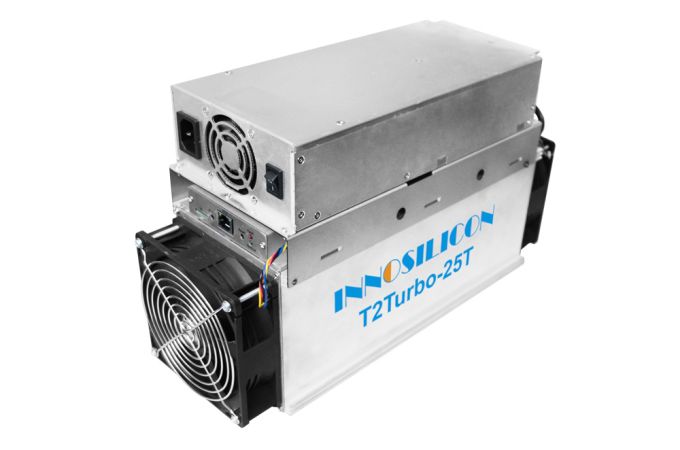
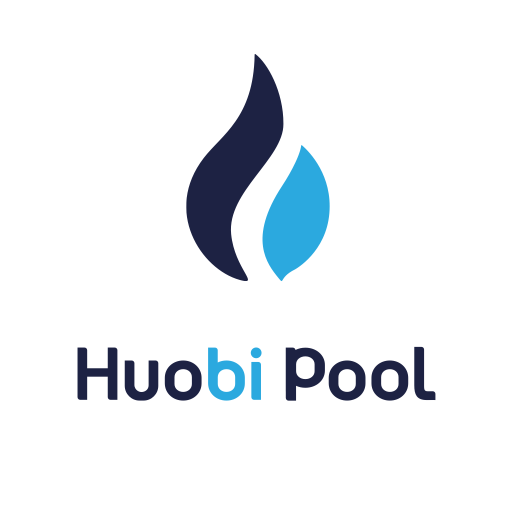



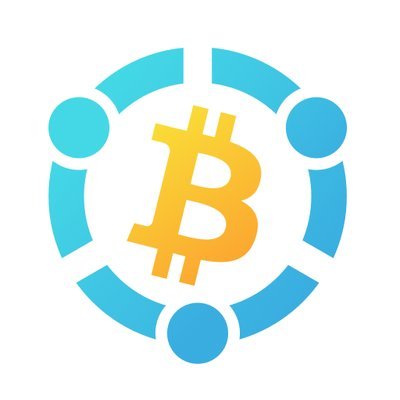



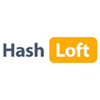
.jpg)

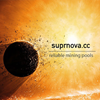




.png)



